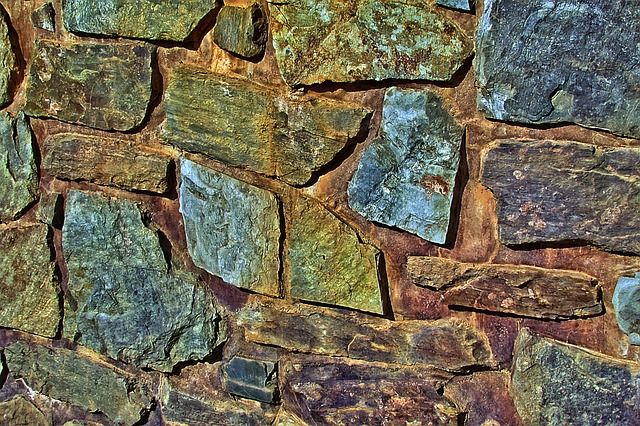When it comes to construction or renovation projects, one crucial decision that often perplexes homeowners and professionals alike is whether to waterproof before or after plastering. Both approaches have their merits, but understanding the advantages and disadvantages of each can help you make an informed choice. In this blog post, we will delve into the intricacies of this topic, providing you with valuable insights to ensure a successful and long-lasting project.
- The Importance of Waterproofing:
Before delving into the sequencing debate, let's first understand the significance of waterproofing. Waterproofing is a vital step in protecting your structure from water damage, preventing issues such as mold growth, structural deterioration, and costly repairs. It acts as a barrier, preventing water from seeping into the walls and compromising the integrity of the plaster. - Waterproofing Before Plastering:
The traditional approach to waterproofing involves applying a waterproof membrane or coating before plastering. This method offers several advantages. Firstly, it allows for thorough coverage of the entire surface, ensuring maximum protection against water infiltration. Secondly, it provides an opportunity to address any existing moisture-related issues, such as leaks or dampness, before proceeding with the plastering. Lastly, by waterproofing first, you create a solid foundation for the plaster, enhancing its longevity and reducing the risk of future water-related problems. - Waterproofing After Plastering:
While less common, some professionals opt to waterproof after plastering. This approach has its own set of benefits. Firstly, it allows for a smoother and more aesthetically pleasing finish, as the plastering can be done without any interruptions. Secondly, it offers flexibility in terms of choosing different types of waterproofing materials, such as sealants or paints, which can be applied directly to the plastered surface. Lastly, waterproofing after plastering can be a cost-effective solution, especially when the need for waterproofing arises after the initial construction or renovation. - Factors to Consider:
To determine the optimal sequence for your project, consider the following factors:
a) Project Timeline: If time is of the essence, waterproofing before plastering may be the better choice, as it eliminates the need for additional drying or curing time.
b) Existing Conditions: Assess the current state of your structure. If there are signs of moisture or leaks, waterproofing before plastering becomes imperative to address these issues effectively.
c) Budget: Evaluate your budgetary constraints. Waterproofing before plastering may require additional expenses, such as purchasing waterproofing materials and hiring specialized contractors.
d) Long-Term Goals: Consider the longevity and durability of your project. If you prioritize long-term protection against water damage, waterproofing before plastering is recommended.
Conclusion:
In the eternal debate of whether to waterproof before or after plastering, there is no one-size-fits-all answer. The decision should be based on a thorough evaluation of project requirements, budget, and long-term goals. While waterproofing before plastering offers comprehensive protection and a solid foundation, waterproofing after plastering can provide a smoother finish and cost-effective solutions. Ultimately, consulting with professionals and weighing the pros and cons will ensure you make an informed choice, leading to a successful and durable construction or renovation project.

